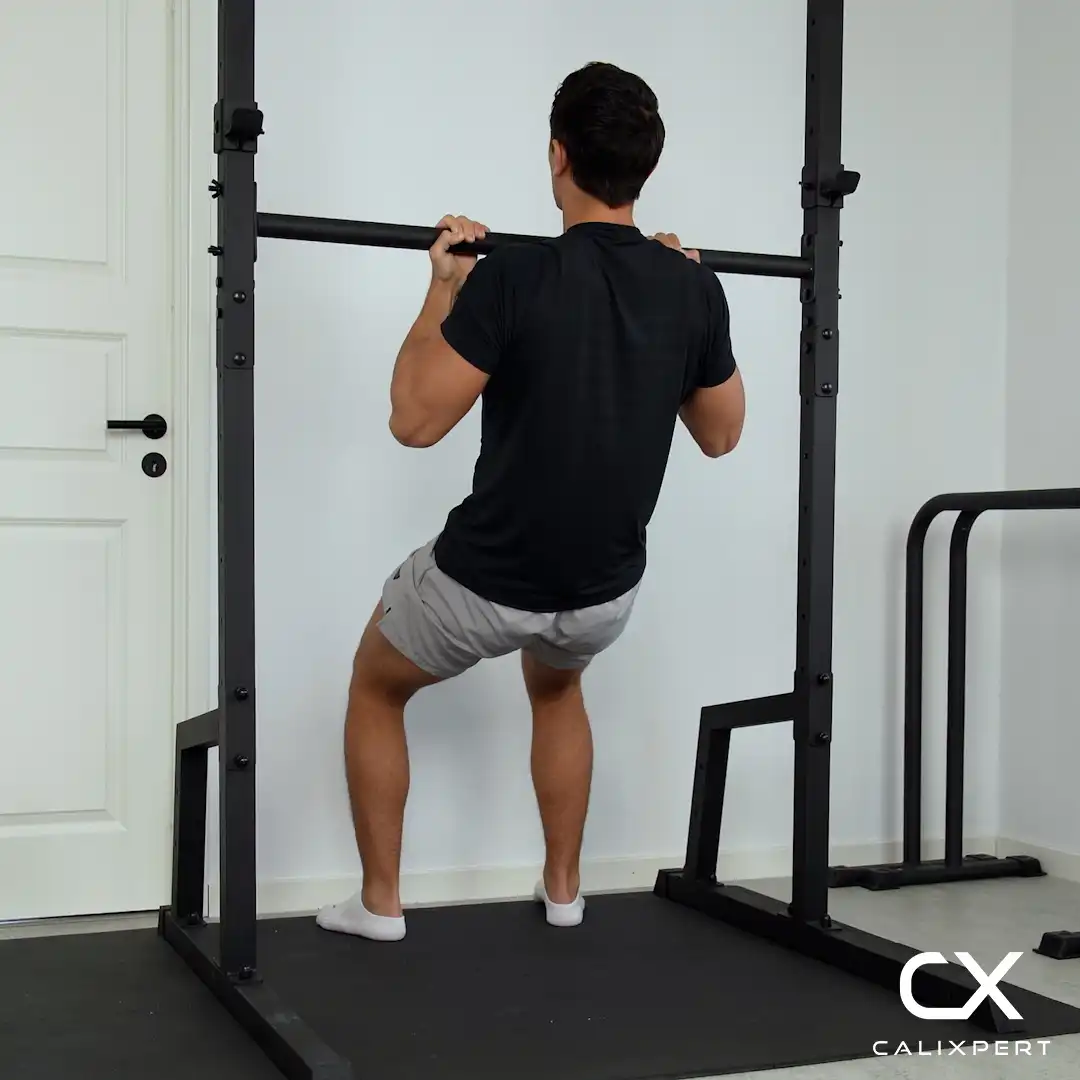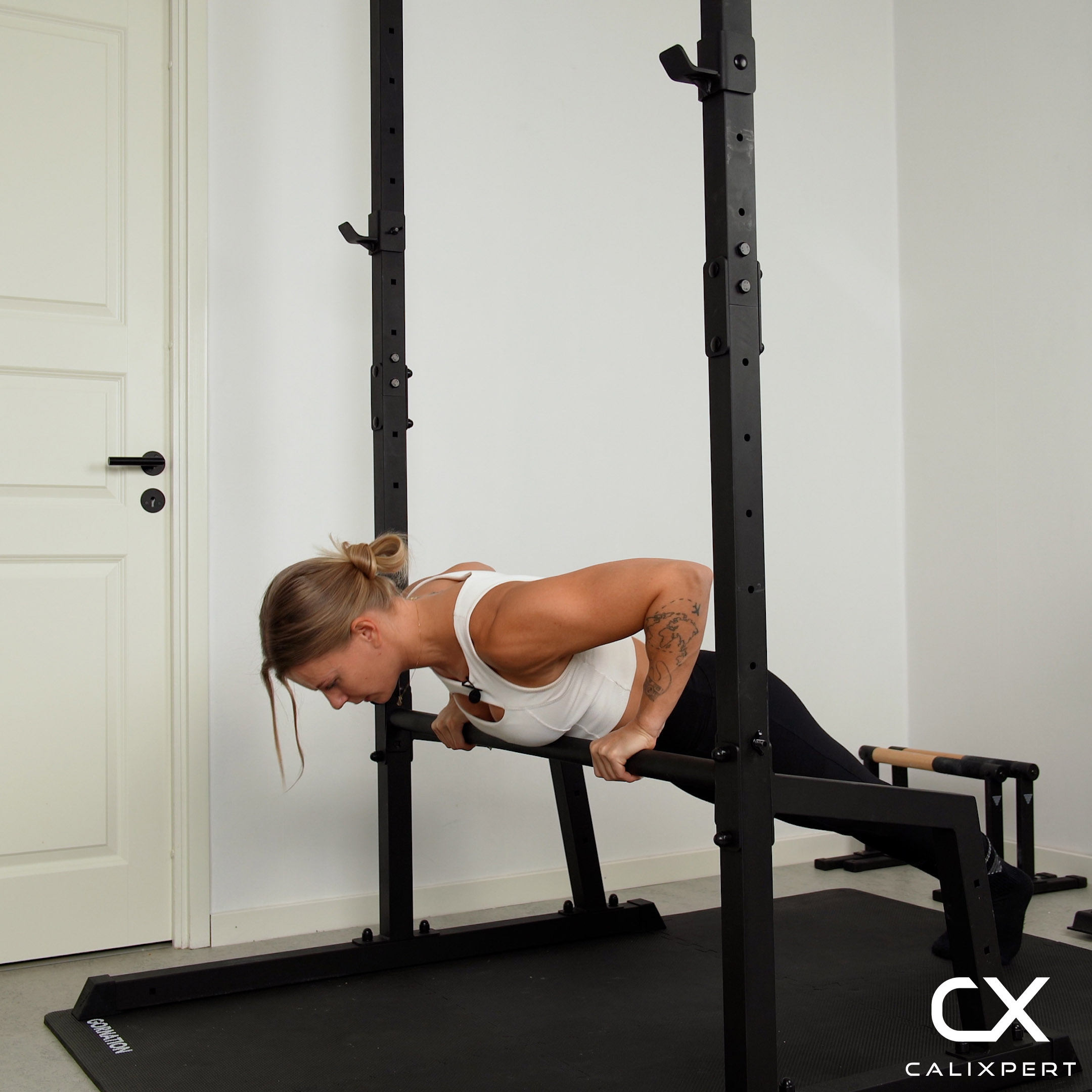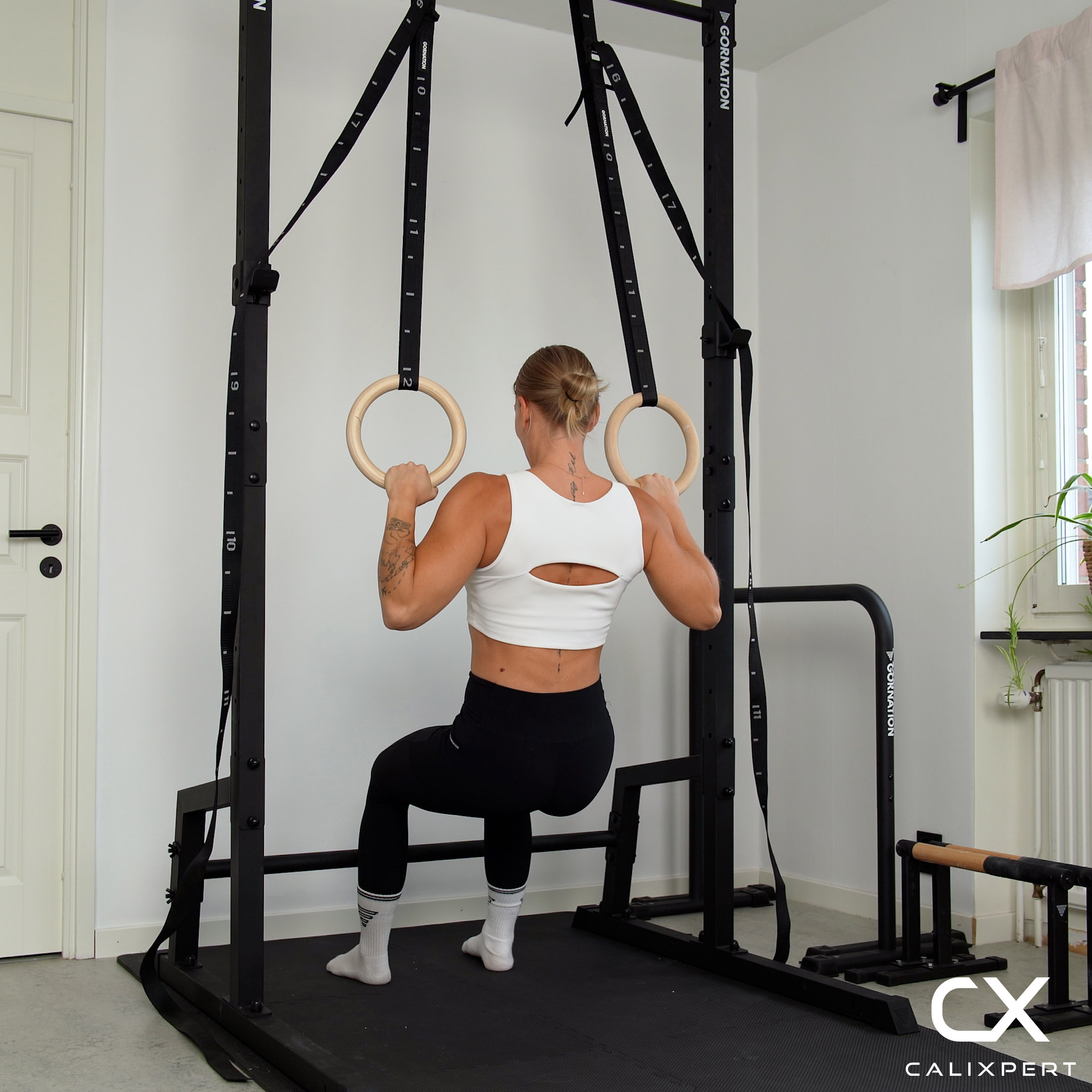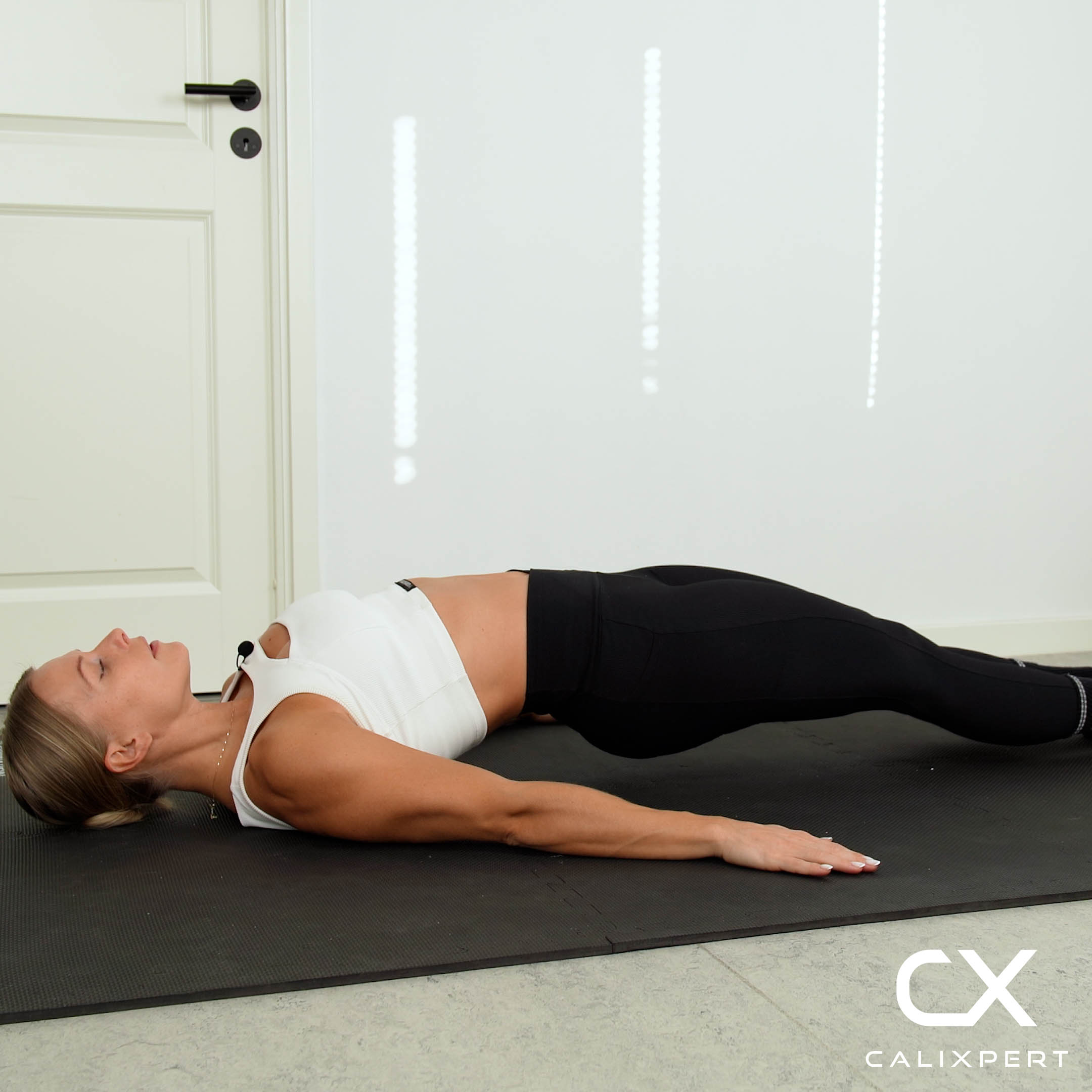How to Do Resistance Band Active Hang
The Resistance Band Active Hang is an exercise that helps improve grip strength and shoulder stability. It involves hanging from a bar with the assistance of a resistance band, focusing on engaging the shoulder muscles and maintaining proper posture.
Step By Step Guide to Properly Execute Resistance Band Active Hang
- Starting Position
- Attach a resistance band to a pull-up bar. Place one foot or knee into the band for support. Grip the bar with both hands, shoulder-width apart, and let your body hang with arms fully extended.
- Execution
- Engage your shoulder blades by pulling them down and back, activating your lats and shoulders. Keep your core tight and maintain a straight line from head to heels.
- Top Position
- Hold the engaged position, ensuring your shoulders are active and not shrugged. Maintain this position for the desired duration, focusing on controlled breathing.
- Lowering Phase
- Slowly relax your shoulder blades and return to the starting position with control, allowing your body to hang fully extended again.
Benefits of Resistance Band Active Hang
- Improves grip strength and endurance.
- Enhances shoulder stability and mobility.
- Engages core muscles for better posture.
- Prepares the body for more advanced pull-up exercises.
Common Mistakes to Avoid
- Avoid shrugging your shoulders; keep them engaged and down.
- Do not arch your back; maintain a neutral spine.
- Ensure the resistance band is securely attached to prevent slipping.
- Avoid using momentum; focus on controlled movements.
Follow these steps and tips to master Resistance Band Active Hang with proper form and efficiency.
FAQ About Resistance Band Active Hang
Resistance bands are like stretchy helpers for your muscles. To improve your active hang, loop a band over a pull-up bar and place your feet or knees in it. This makes hanging easier by supporting some of your weight. Practice holding yourself up, and as you get stronger, use lighter bands until you can hang without any help. Keep practicing and you'll get better.
Using resistance bands in your active hang workouts can make you stronger! Start by looping a band around the bar and your feet to help lift you up. This makes hanging easier. As you get stronger, use thinner bands or try without them. Always keep your body tight like a pencil and practice regularly to see improvement!
Resistance bands enhance active hang exercises by providing adjustable support, making them suitable for all fitness levels. They help improve grip strength, increase muscle endurance, and promote better posture. Bands also reduce strain on joints, allowing for safer workouts. Additionally, they are portable and versatile, making them ideal for home or travel workouts.
Resistance bands help build strength for an active hang by providing assistance while allowing you to engage the correct muscles. They reduce body weight load, making it easier to practice scapular retraction and hold proper form. This helps strengthen the lats, shoulders, and grip while improving endurance. Over time, you can use lighter bands or no assistance to build full bodyweight strength.








.webp)





































.webp)





















































